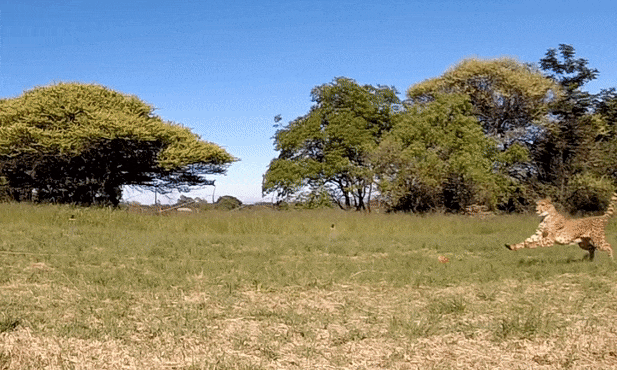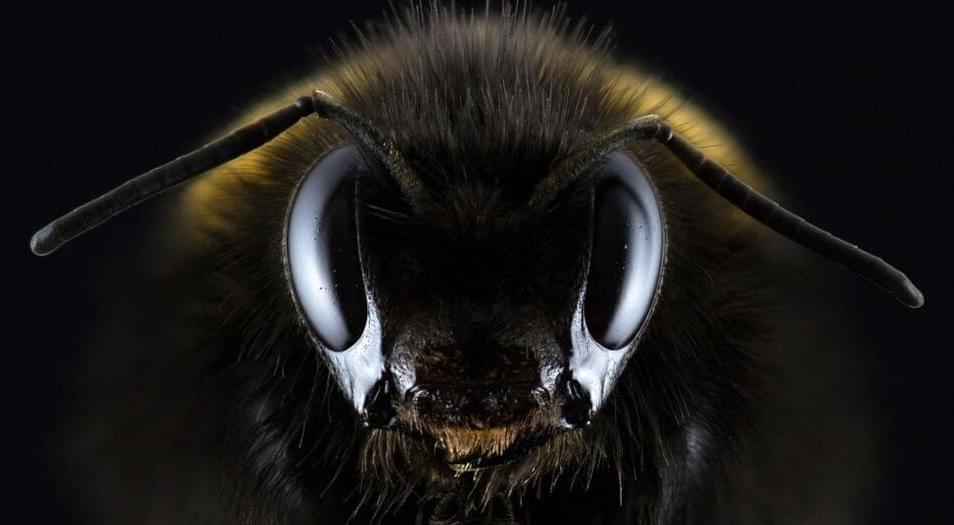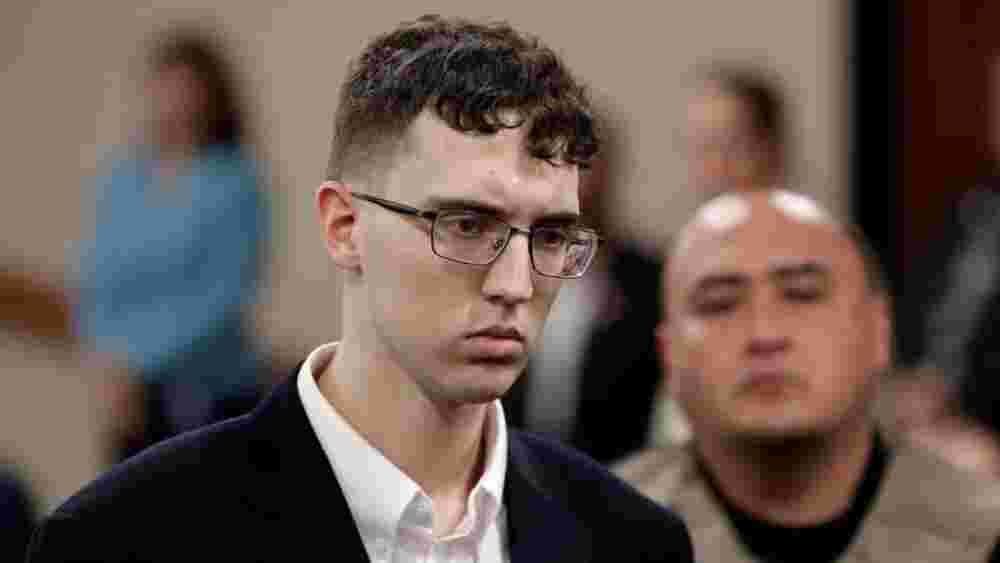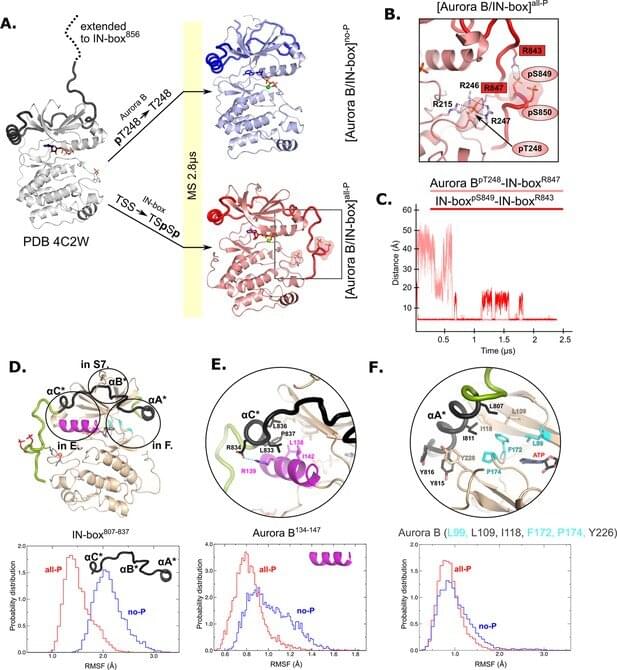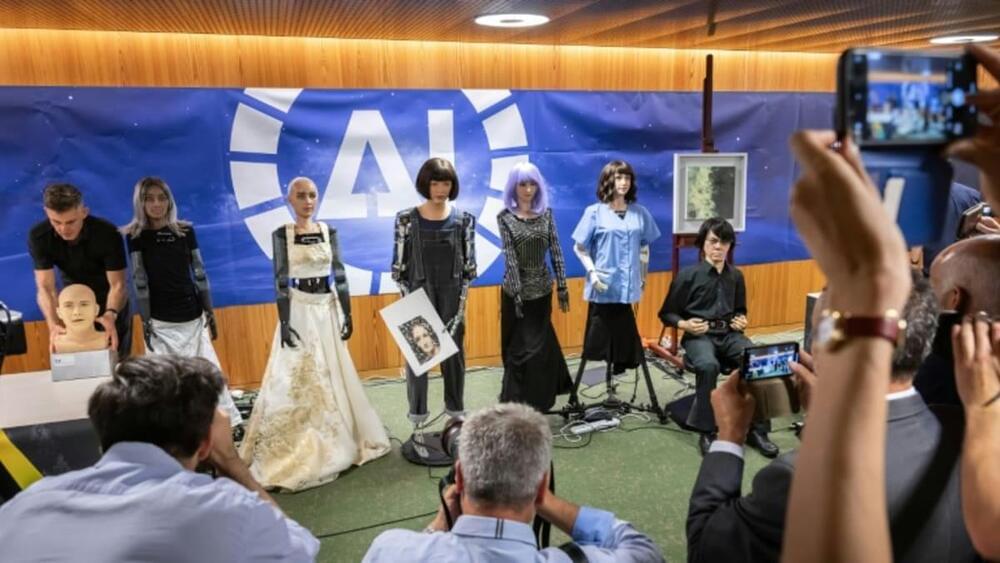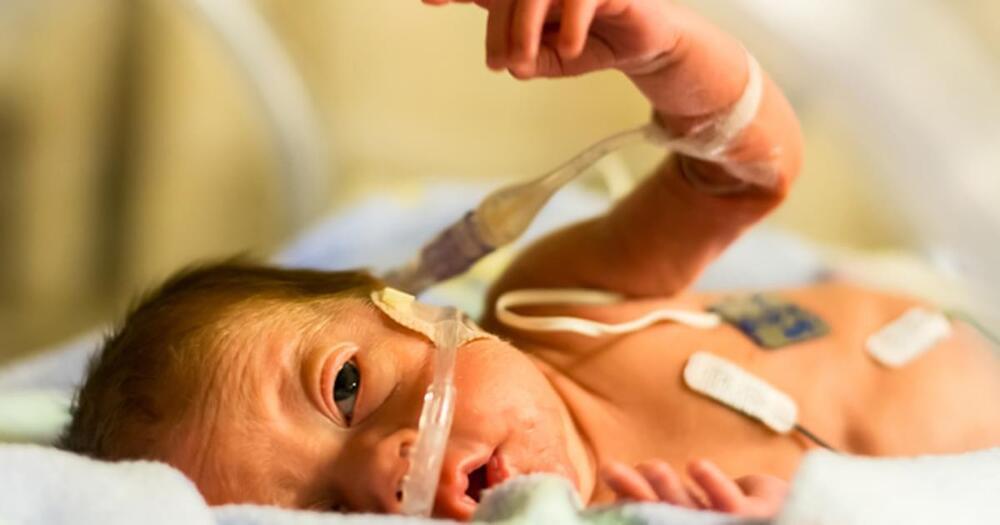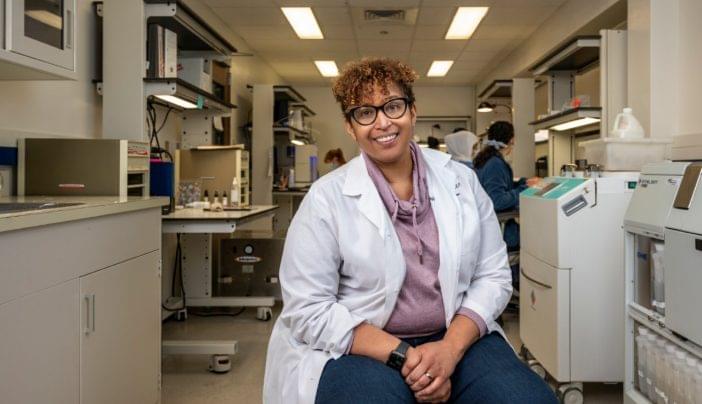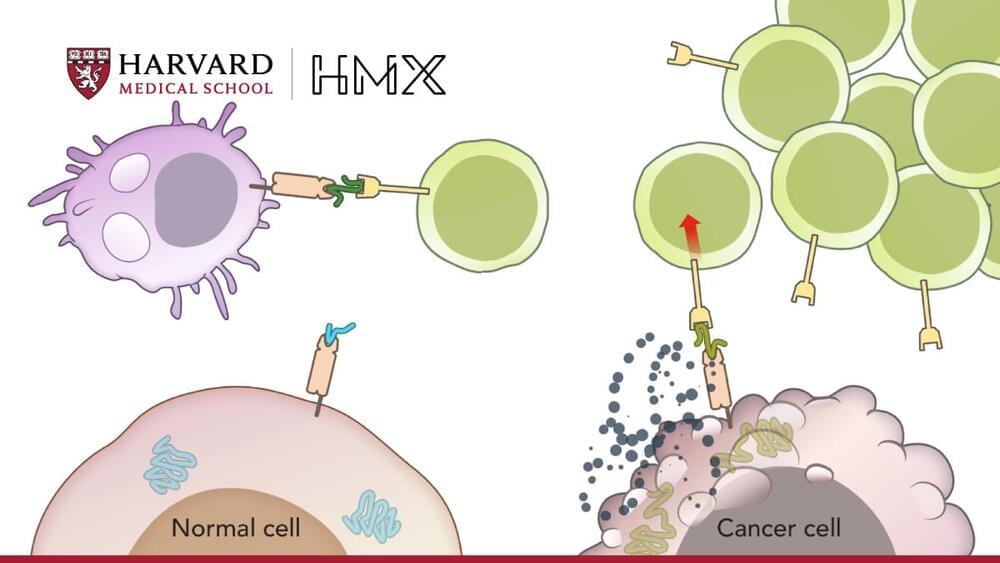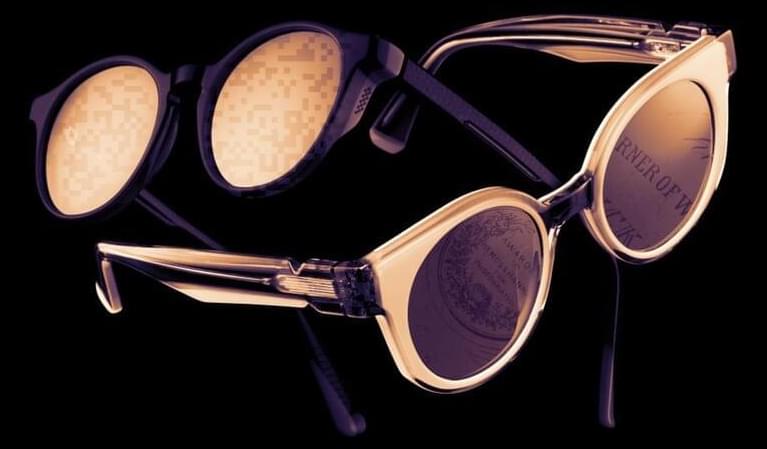Explosive pneumatic power could push legged robots to high speeds.
A bee’s brain may only be the size of a sesame seed, but scientists in the U.K. believe its decision-making processes could help AI engineers in their work.
There has been a lot of buzz about all the ways that Artificial Intelligence could change the world, from the workplace to schools and day-to-day life as a whole, but the recent advancements in the field could spell the end of the traditional school classroom. In an interview with the British media outlet, The Guardian, reported on Friday (July 7) one of the world’s leading experts on AI made the prediction that for better or worse, AI might change classrooms.
How would things change?
Speaking about how AI could potentially change traditional school classrooms, a British computer scientist at the University of California, Berkeley, Professor Stuart Russell told The Guardian, “Education is the biggest benefit that we can look for in the next few years.”
Chipperfield has created exquisitely detailed stone and concrete projects worldwide. Here are 5 projects demonstrating his adept use of raw materials. #Pritzker2023
Researchers at NCMM have demonstrated the mechanisms behind the activation of Aurora B, a central conductor of cell division. Their findings, now published in eLife, can lay the foundations for developing new cancer drugs.
Cell division is a fundamental process for all living things, where one cell divides into two cells. It allows for a human being to grow from a single fertilized egg cell, for wounds to heal, and for dead cells within your body to be replenished with new cells.
By the time you have read this sentence, millions of cells throughout your body have divided.
GENEVA: A panel of AI-enabled humanoid robots took the microphone on Friday (Jul 7) at a United Nations conference with the message: They could eventually run the world better than humans.
But the social robots said they felt humans should proceed with caution when embracing the rapidly-developing potential of artificial intelligence, and admitted that they cannot — yet — get a proper grip on human emotions.
Some of the most advanced humanoid robots were at the United Nations’ AI for Good Global Summit in Geneva, joining around 3,000 experts in the field to try to harness the power of AI and channel it into being used to solve some of the world’s most pressing problems, such as climate change, hunger and social care.
A new index that takes neighborhood and community conditions into consideration could be a useful measure for identifying preterm birth risk, a study published in JAMA Network Open found.
“We’re looking at outcomes at the county level or exposures at the county level,” Sara C. Handley, MD, MSCE, an attending neonatologist at The Children’s Hospital of Philadelphia and instructor of pediatrics at the University of Pennsylvania Perelman School of Medicine, told Healio.
“So, what was the maternal vulnerability in each U.S. county, and then what were the rates of preterm birth in those counties? We looked at different types of vulnerabilities that were developed through the Maternal Vulnerability Index, and also the type of severity of preterm birth,” Handley explained.
Coming from a long line of educators all the way back to her great-grandmother, Toysha Mayer, D.H.Sc., swore she’d choose a different career.
“I didn’t want to teach, but after becoming a histotechnologist, I ended up working in teaching hospitals. It was a natural progression for me to work with new technicians, residents and fellows,” says the assistant professor and associate program director for Histotechnology at The University of Texas MD Anderson Cancer Center School of Health Professions (SHP). Histotechnologists prepare patients’ tissues so our pathologists can make precise diagnoses for diseases like cancer.
Immunology Online
Posted in biotech/medical
In this online immunology course, you’ll learn about processes that enable our immune systems to respond to threats, and understand emerging treatments.
A recent crop of AI systems claiming to detect AI-generated text perform poorly—and it doesn’t take much to get past them.
Within weeks of ChatGPT’s launch, there were fears that students would be using the chatbot to spin up passable essays in seconds. In response to those fears, startups started making products that promise to spot whether text was written by a human or a machine.
The problem is that it’s relatively simple to trick these tools and avoid detection, according to new research that has not yet been peer reviewed.
